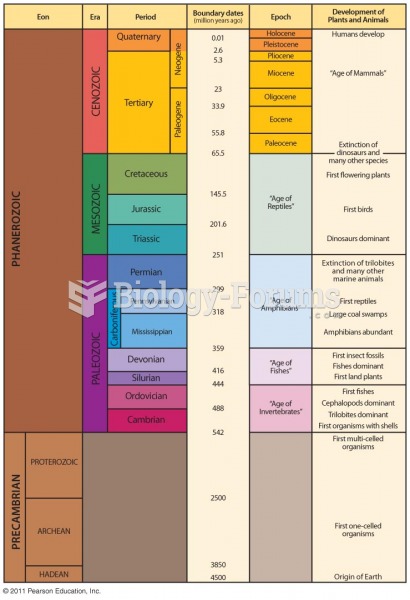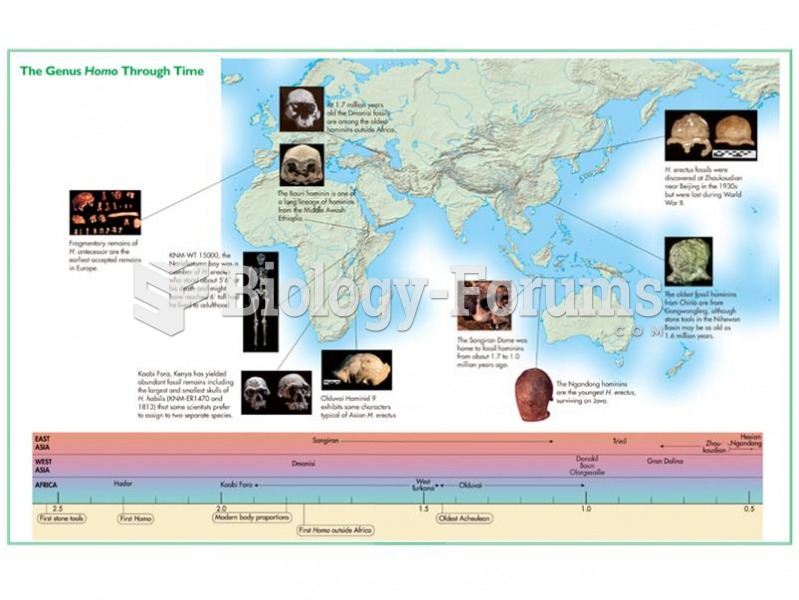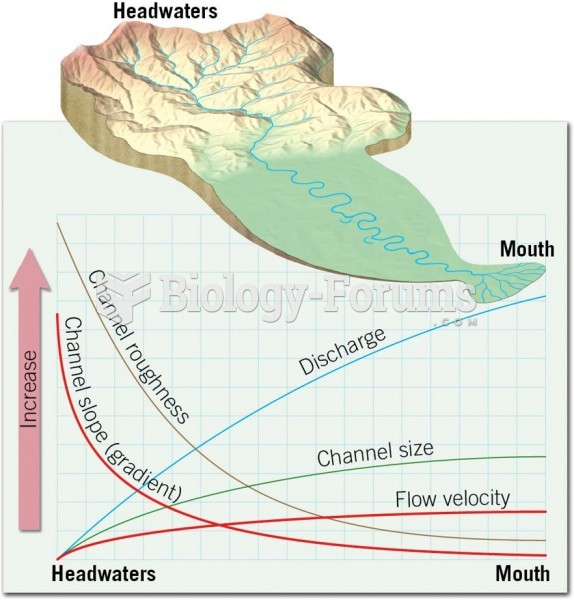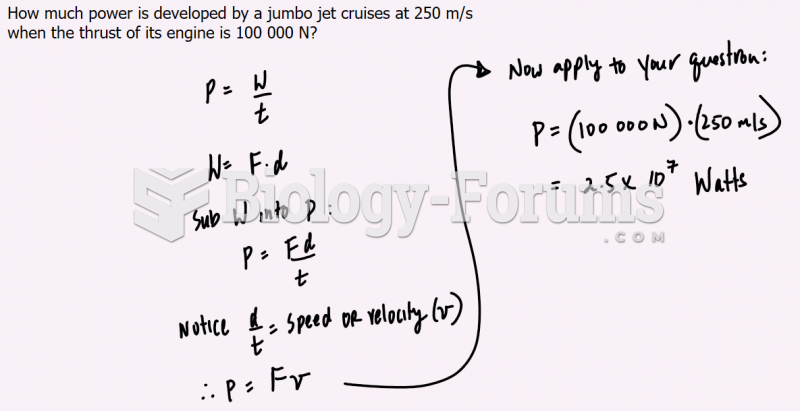|
|
|
There are 60,000 miles of blood vessels in every adult human.
Over time, chronic hepatitis B virus and hepatitis C virus infections can progress to advanced liver disease, liver failure, and hepatocellular carcinoma. Unlike other forms, more than 80% of hepatitis C infections become chronic and lead to liver disease. When combined with hepatitis B, hepatitis C now accounts for 75% percent of all cases of liver disease around the world. Liver failure caused by hepatitis C is now leading cause of liver transplants in the United States.
Your heart beats over 36 million times a year.
Earwax has antimicrobial properties that reduce the viability of bacteria and fungus in the human ear.
If you could remove all of your skin, it would weigh up to 5 pounds.






